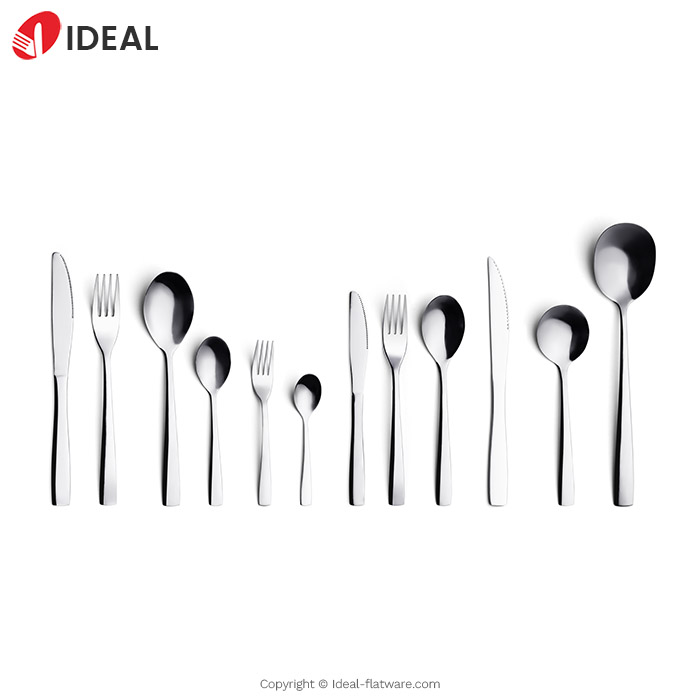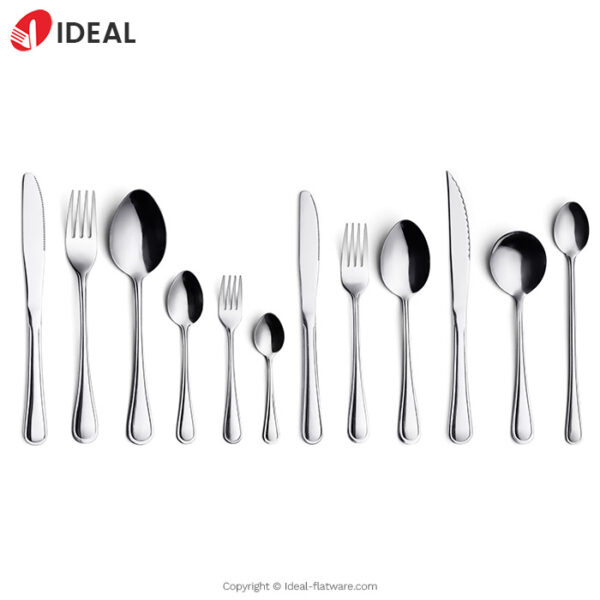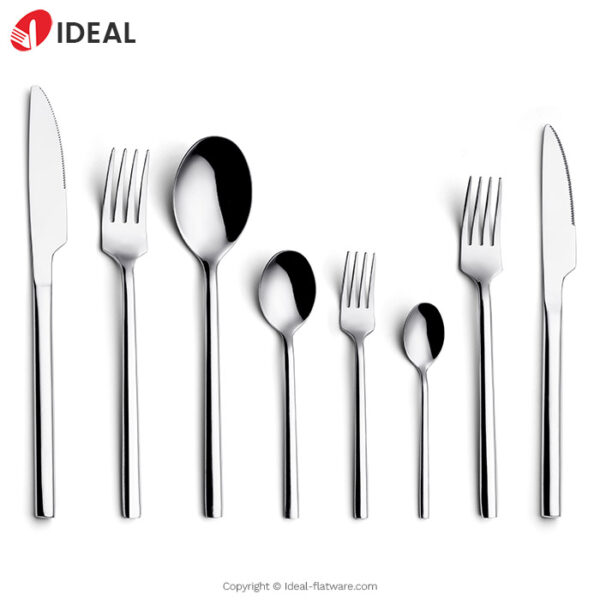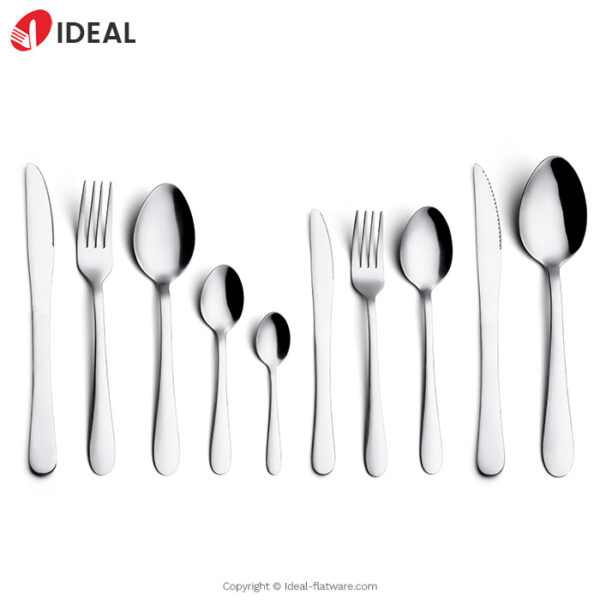The 300-series and 400-series steel alloy series are regarded appropriate for food quality components and are used to make practically all food grade steel. These are further subdivided, with the 300-series generally employing grades 304 and 316, and the 400-series primarily using grade 430. Finally, the answer to the question “which is best?” will be determined mostly by the metal’s use and the sort of performance required.

STAINLESS STEEL 316
Grade 316 stainless steel is an excellent food grade steel for almost any purpose. It is resistant to alkalis, acids, and chlorides, such as salt, and will not corrode. It also has an unusually high continuous usage temperature, which is more than what is generally required for food preparation. While grade 304 is also a popular alloy in the industry, grade 316 has additional nickel, giving it superior corrosion resistance.
STAINLESS STEEL 430
Grade 430 is a great, less expensive alternative to the 300-series grades, and it is best suited for applications requiring more moderately resistant steel. Though it is extremely similar to the famous 316 grade, it includes just a minor amount of nickel, making it less corrosion-resistant but also less costly.
Another feature of 430 grade steel is that it is a ferritic alloy, which means it is magnetic. Ferritic alloys are extremely resistant to corrosion cracking.It is also highly resistant to organic and nitric acids, as well as sulphur and oxidation, making it perfect for applications requiring contact with gentler acids.






